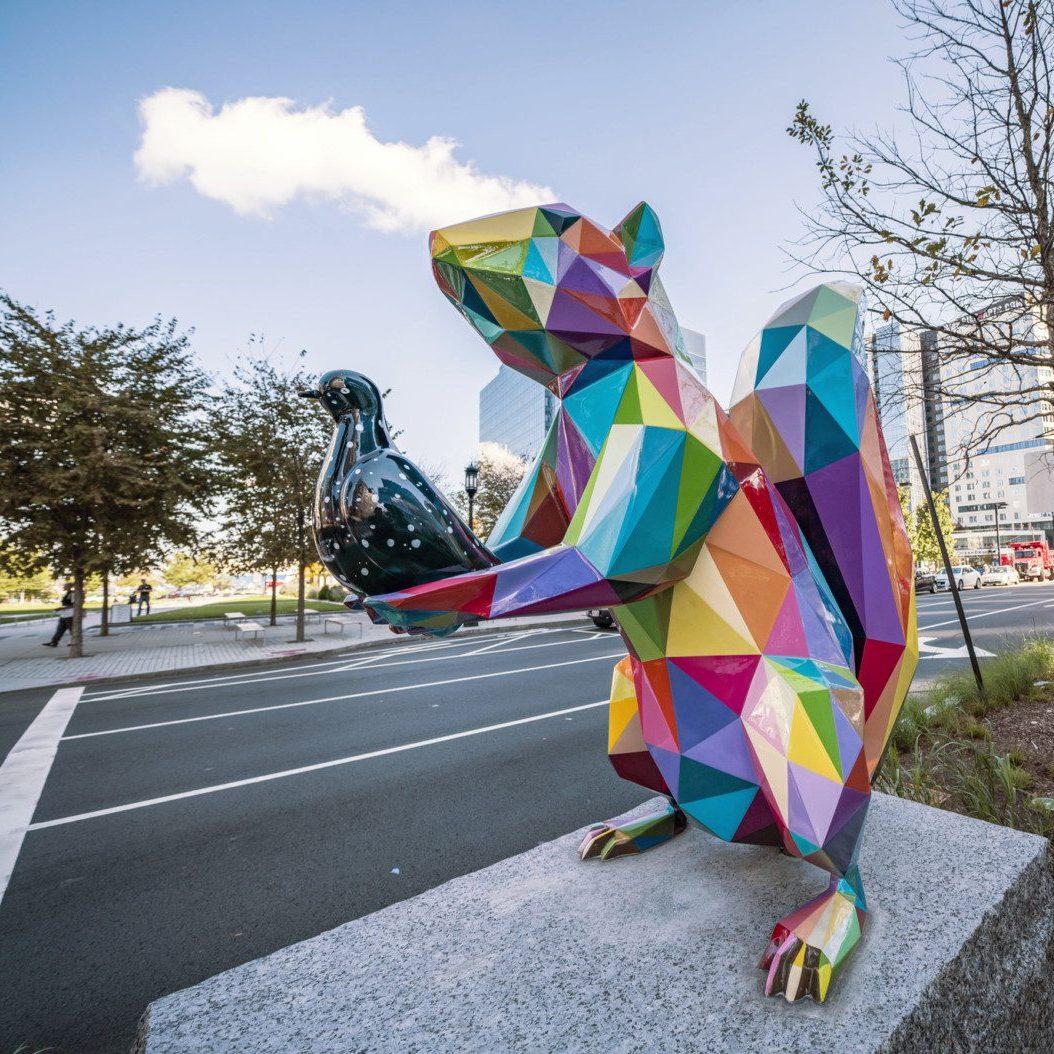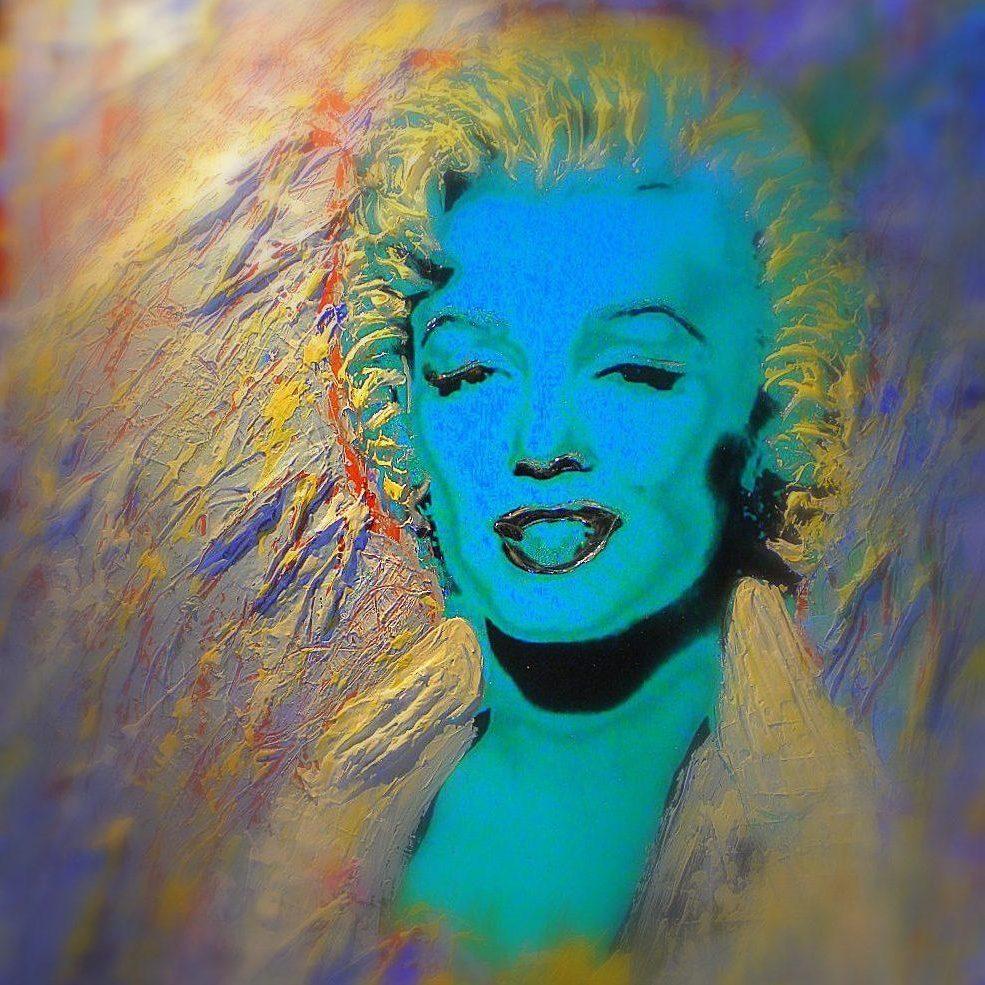Artist Bisa Butler has captivated the art world by redefining the medium of quilting, transforming it into vivid, mixed-media portraiture she describes as “painting with fabric.”

Her large-scale textile artworks are celebrated for their brilliant textures, vivid patterns, and powerful evocation of human expression and connection.

Rooted in History, Focused on Humanity
Butler’s work often begins with archival photography, drawing inspiration from acclaimed artists who have documented the depth and diversity of the American experience. She references figures like photographer Gordon Parks—known for his two decades at Life magazine capturing iconic moments like the 1963 March on Washington—as well as artists like Faith Ringgold and Kerry James Marshall. These source images help Butler illuminate the rich, evolving narrative of American culture.

A Visual Diary in the Face of Uncertainty
For Butler, her recent work serves as a “visual diary” and a source of solace. In a world where she observes that “protections and programs for non-white Americans, women, queer people, poor people, and people with disabilities are under attack,” she has felt “destabilized.”

In response to this uncertainty, the artist intentionally summons affection and care in her compositions:

- Celebrating Love: Pieces like “Les Amoureux du Kinshasa,” inspired by Jean Depara’s photo “Amoureux Au Nightclub,” celebrate young, public affection by depicting a couple enjoying a night out.
- Capturing Tenderness: Other works, such as “Be Mine” and “My Cherie Amour,” capture tender, intimate moments, featuring portraits of people leaning close together in comfort and trust.


Through her unique quilting technique, Bisa Butler not only honors the historical Black experience but also creates textiles that are deeply emotional, using bold color and pattern to draw attention to the nuances of human interaction and shared vulnerability.







Would you like to explore more about the history of quilting as an art form or see examples of the photographers who inspire Bisa Butler’s work?





